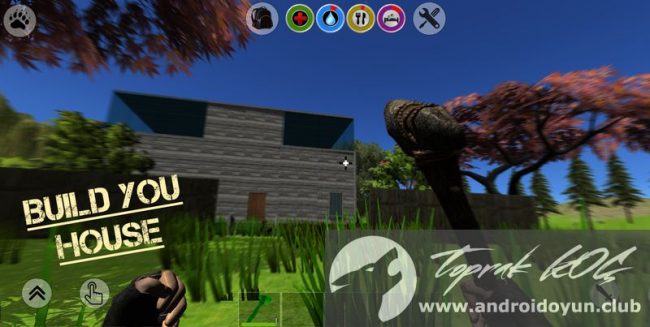
I choose to use stable by default as that seems like a decent default. The next thing we’ll want to do is setup our default toolchain multirust default stable. We’ll need to keep this URL in mind for a bit as we’ll see it pop up again later.

This will download the stable, beta, and nightly compilers from. Depending on your connection speed this step may take a while. Go ahead and start running multirust update.

The first thing to do if you haven’t installed multirust is to go get that done ( multirust-rs), see you back here in a minute. So, we’ll get to the fun Android parts, but for now stick with me. This post started life as an exploration in cross-compiling, but at this point it’s become more of an intro to using multirust-rs and cargo which simplify things considerably.


 0 kommentar(er)
0 kommentar(er)
